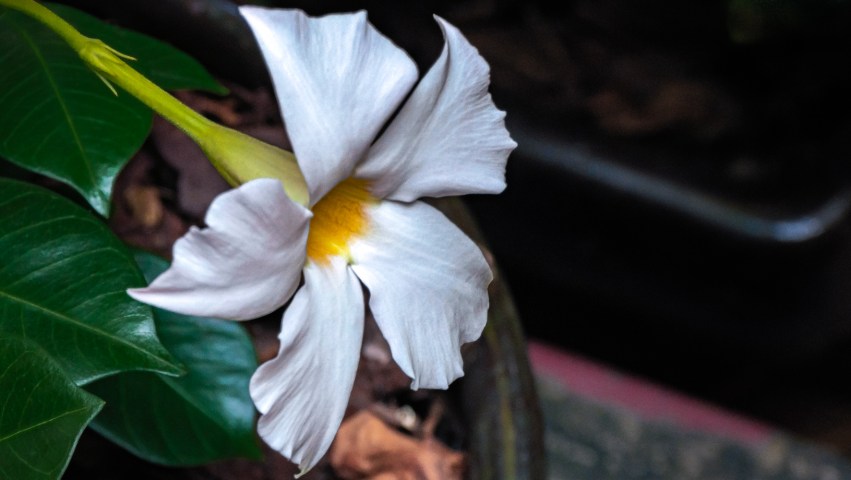From “The Mind of a Shopper in the Flower Supermarket” in The Mind of a Bee by Lars Chittka:
“While foraging, the bee also has to overcome the frustration and the starvation risk of finding dozens of empty flowers in a row that a competitor has recently emptied, and she must decide when to cut her losses and explore for an alternative food source….
“As she keeps visiting several thousands of flowers a day, rules begin to emerge; for example, are bilaterally symmetrical flower species (such as snapdragons) more rewarding than radially symmetrical ones (such as daisies), irrespective of species and color? Learning rules is not typically regarded as within the reach of an insect mind, but… the pressures of operating in the flower supermarket have given rise to such intelligent operations in the bee. What’s more, while figuring out all these contingencies, she also has to dodge attacks from predators, and remember and avoid flower patches where predation risk is especially high. She has to keep track of the location of her home no matter how convoluted her flight path, and in the face of wind gusts that might displace her far from her established route.”
From “The Gladness of Nature” in Poems by William Cullen Bryant:
There are notes of joy from the hang-bird and wren,
And the gossip of swallows through all the sky;
The ground-squirrel gayly chirps by his den,
And the wilding bee hums merrily by.
Hello!
The flowers featured in this post are members of the Asteraceae family, often referenced by Aster as a genus — and the family and genus includes asters, coneflower, chrysanthemums, and daisies, among others. I say it like that because I couldn’t quite identify a specific flower name for all of these, though my goto-plant-identifying-source (Pl@ntNet.identify) thought they were each most likely a variety of Persian daisy. This may or may not be true, but you can’t go wrong by calling them asters, and you probably won’t be wrong if you call them daisies.
In late October through mid-November, aster varieties bloom profusely around my neighborhood, wildly flowering streetside and at places like Oakland Cemetery’s gardens or the Atlanta Botanical Garden, showing off some of the last summer color before the leaves turn toward fall. At Oakland, there are large plots with mixed plantings, some in spaces twenty to thirty feet long and a half-dozen feet wide, filled with bees and wasps engaging in late season pollen-gathering. Many buzz off when I stomp up with the camera; but on a recent trip enough of them hung around that I was able to get some decent shots as they went about their business.
I’ll say it’s momentarily intimidating to realize you’re standing at the edge of a flowerbed and nearly surrounded by bees. And I do mean LOTS of bees. But they paid little attention unless I got too close, bopping from petal to petal and all but ignoring me — except for a single little wasp that flew in my left ear and drilled its way out my right one…
… which of course only happened in my imagination. My nervousness gave way pretty quickly, though, and I settled into this ethereal feeling that seems very specific to autumn: the quiet pleasure of cool temperatures, a mix of sunlight and clouds, light breezes, leaves tumbling along the ground, and — on this day — the zippy sounds of bumble- and wasp-wing mixing with it all.
The first gallery below shows a bumblebee on a beautifully colored flower, one that appears nearly brown in full sunlight but reveals these shades of red, orange, and magenta in the shade. This particular bee was hard for the camera to focus on: in addition to the bee’s constant motion, the camera seemed to get confused by its puffy fur coat — but at least I got a few images that were pretty sharp and in the third photo, you can (just barely!) see the bee’s eyes.
The second gallery shows a single wasp coming in for a landing. I have no idea how that worked out so well — I think I focused on the flower and pressed the shutter button as fast as I could. Sometimes you’re just giddy — aren’t you? — about your (photographic) luck!
If you take a close look at some of the subsequent photos — especially the last five — you can see clumps of yellow-orange pollen gathered around the bee’s knees. I guess that’s proof that they weren’t just flying around because they could (though that’s what I would do): they were busy, and hard at work!
Thanks for reading and taking a look!















































































